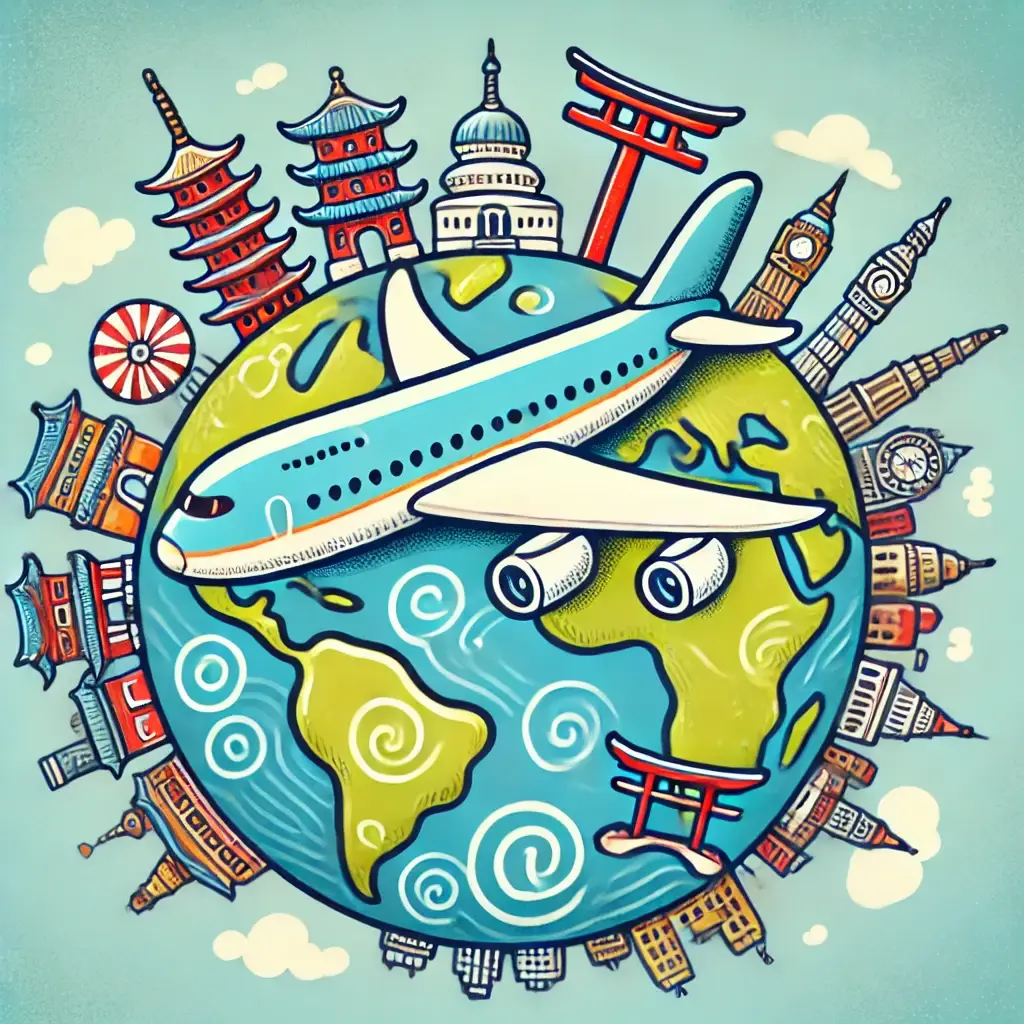When I started traveling internationally in my twenties, I quickly began to notice a few things. I won’t say any of them were particularly shocking. Some were actually pretty obvious. But I suspect a few would have blown the minds of the teachers I had growing up. The ones who told me, with absolute certainty, that the United States was the greatest, freest, and most desired country on Earth.
One of the first things I realized was just how big the world is, and not in the geographical sense. The difference between my everyday life in New York and someone’s in Texas can be as great as the difference between my life and someone’s in any number of European countries. Likewise, the experience of living in London and living in Prague isn’t remotely the same, even though they’re both in Europe. The idea that there’s one way to live in the U.S. and a whole different, singular “European” way is absurd. Both continents contain many.
What really stuck with me, though, is that no matter how different our cultures, languages, or cities may be, people are people. I grew up hearing that “we the people” in the U.S. had it so good, and that the rest of the world looked at us with envy. What a load of crap. Everywhere I’ve been, I’ve met people who have things they love about where they live, and things they don’t. Nobody outside the U.S. is obsessing over our supposed greatness. If anything, they laugh at the propaganda we were taught, the same way we laugh at theirs. Every trip I take reminds me how alike we all are. We all go out to dinner. We tell stories about our families, our work, our weird little hobbies. The differences are what make travel fun, but the similarities are what make it meaningful.
And then there’s the way people take care of each other.
This was one of the biggest eye-openers for me. Almost everywhere I’ve traveled, I’ve seen examples of communities doing a better job of caring for one another than we do in the States. I don’t mean it as an abstract idea. I mean actual, direct experiences.
For instance, when I got hurt in China, I was treated immediately. No one asked for an insurance card. No paperwork, no billing codes. Just help. I had badly sprained my wrist while working on an installation with a team of local volunteers. Within minutes, someone had me in front of a medical professional.
As an American, I instinctively asked for Tylenol or something similar. That’s what we do. You’re in pain? Swallow something. But instead, I was offered tiger balm. That was it.
When, through a translator, I clarified what I was asking for, the doctor, or whatever type of medical provider it was, looked at me with this slightly horrified expression. He asked, genuinely puzzled, why I wanted to put something in my mouth for a pain that was in my arm. It just didn’t make sense to him. He wanted me to understand that the only logical treatment was something you apply directly to the spot that hurts.
I’m not saying one approach is better than the other. Honestly, I still wanted the Tylenol. But that moment stayed with me, not because of the pain in my wrist, but because of what it said about how cultures think differently about care, healing, and what’s considered normal.
